![ISSA Exam Prep [year] – How to Pass the ISSA CPT Exam 13 ISSA Exam Prep](https://mk0ptpioneeri30s86at.kinstacdn.com/wp-content/uploads/2019/09/How-to-pass-the-ISSA-CPT-Exam-First-Try-1024x576.jpg)
Hey everybody, Coach Tyler here, and welcome to my ISSA CPT exam prep guide for 2019. In this article, I will review what you need to ace the ISSA CPT exam the first time without any hitches or hiccups. Also, check out my review on ISSA, and head over to their website for much more information.
I’ll review how the ISSA exam is structured as a foundation for this guide. From there, I will guide you through some of the tougher questions as well as the answers to those questions. on top of this; I also have an ISSA exam FAQ article.
For some extra ISSA CPT exam questions and their answers, please take a look at my free ISSA practice exam and ISSA study guide.
I also suggest making taking a look at Trainer Academy. Here you will find the best premium third party exam prep material money can buy, including some top-notch ISSA materials. They will cut your study time in half.
Trainer Academy will cut your study time down in half and give you a through-the-roof pass guarantee.
Get the ISSA exam cheat sheet for free here. Courtesy of Trainer Academy.
If you have not done so yet, take the quiz to find out which personal training certification is best for you.
The menu at the top of this page will answer any question related to your personal training. If you have any questions, don’t hesitate to leave me a comment here (I’ll respond within 24 hours). Also, visit the home page for the most recent and popular articles.
And with that said, let’s dive straight into this prep guide, shall we?
ISSA CPT Exam Structure
![ISSA Exam Prep [year] – How to Pass the ISSA CPT Exam 16 ISSA CPT Exam Structure](https://www.ptpioneer.com/wp-content/uploads/2019/09/test-exam-1024x576.jpg)
First thing first, let’s break down the exam structure. This will give you a great starting point when it comes to navigating the ISSA final test.
The first thing to mention is that ISSA differs from most PT exams you’ll encounter.
The exam itself is a completely open book which is a big change from what other CPT exams will allow.
It’s also non-proctored and self-paced. That means you won’t have any supervision and you can take as long as you want to complete the test.
ISSA uses a multiple choice testing format for its exam.
So to put it in perspective, the ISSA CPT exam breaks down like this:
- Basic and Applied Sciences
- Client Assessment
- Special Populations
- Program Design
- Nutrition
- Professional Practice, Drawing-In Phase, and Fiscal Fitness
The most difficult ISSA test questions
![ISSA Exam Prep [year] – How to Pass the ISSA CPT Exam 17 The most difficult ISSA test questions](https://mk0ptpioneeri30s86at.kinstacdn.com/wp-content/uploads/2019/09/books-exam-1024x576.jpg)
ISSA recently changed its exam structure to 200 question multiple-choice instead of the old multiple-choice, essay, and case study exam.
If you want an extra helping nudge, check out my free practice exam and study guide here. Check out a full 200 question practice exam gear from the leaders in personal training study materials.
ISSA Exam: Section 4 Questions
![ISSA Exam Prep [year] – How to Pass the ISSA CPT Exam 18 ISSA Exam: Section 4 Questions](https://mk0ptpioneeri30s86at.kinstacdn.com/wp-content/uploads/2019/09/exam-1024x576.jpg)
The first essay section, which is section 4 is the learning experience section. Here you will have several questions, each question will be dedicated to one section of the exam and you will be able to choose an option to answer from one of the section specific units.
For this guide, we will look at 2 questions from section 4
First, we have Section 1 (Units 1-3)
We will go with option 1
1. Define the three energy pathways. For each pathway, identify two exercises that utilize the pathway. If you are training to run a marathon, which pathway would be the focal point of your training? What types of activities would you incorporate into your marathon training and why? How will understanding energy pathways help you in your future training endeavors?
Second, we have Section 2 (Units 4-7)
We will go with option 4
4. Perform a posture test on yourself and a friend. What deviations do you observe? What exercises and stretches can correct these deviations? Discuss the procedure(s) you used for your findings, how you came to your conclusions, and your recommendations. How do understanding posture, posture assessment, and posture correction help you in your future training endeavors?
ISSA Exam: Section 5 Question
Section 5 is the case study section. This means that you’ll be given a couple of life-like scenarios that test your professional aptitude when dealing with clients.
There are two questions to answer, which require you to design a 12-week program and approach its preparation in the same way you would for a real-life client.
Exclusive PTP CPT Offers |
||
|---|---|---|
Most Popular Cert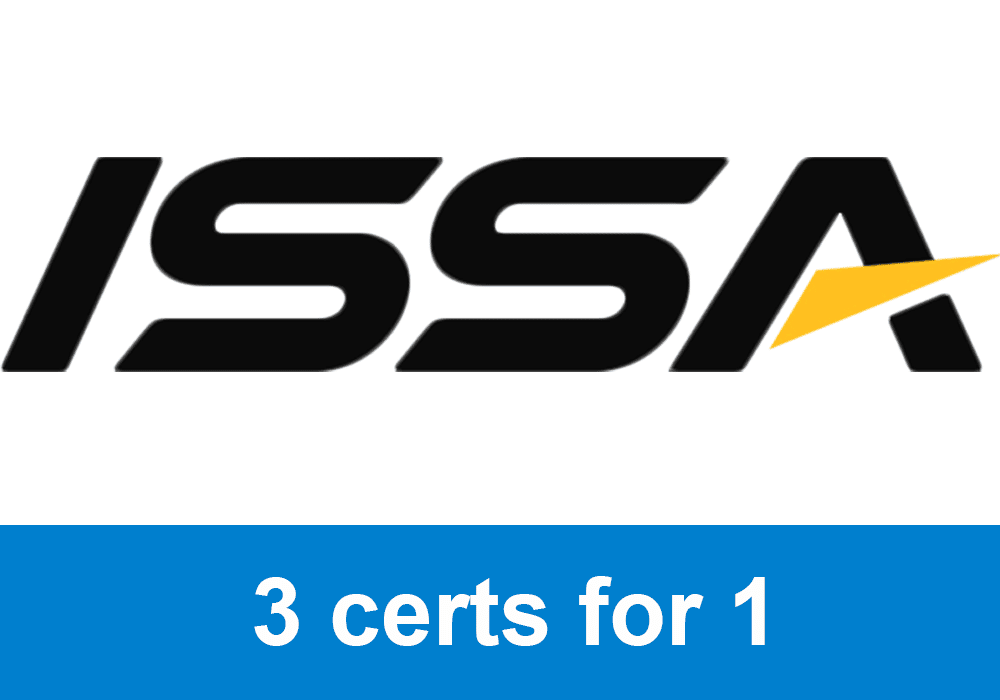 | Best Online NCCA Cert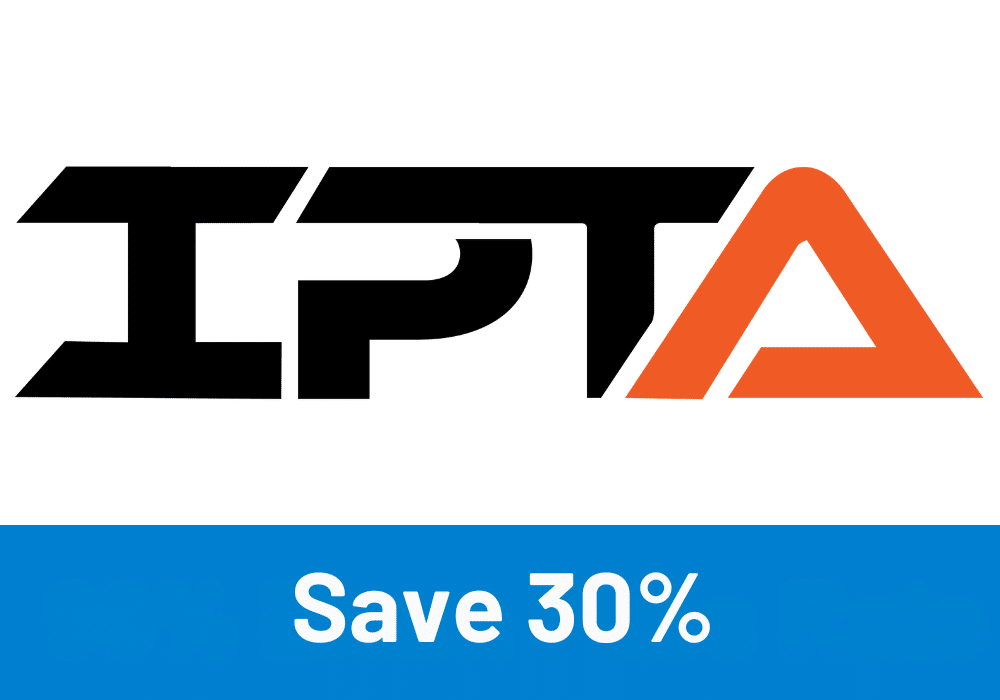 | Best Study Materials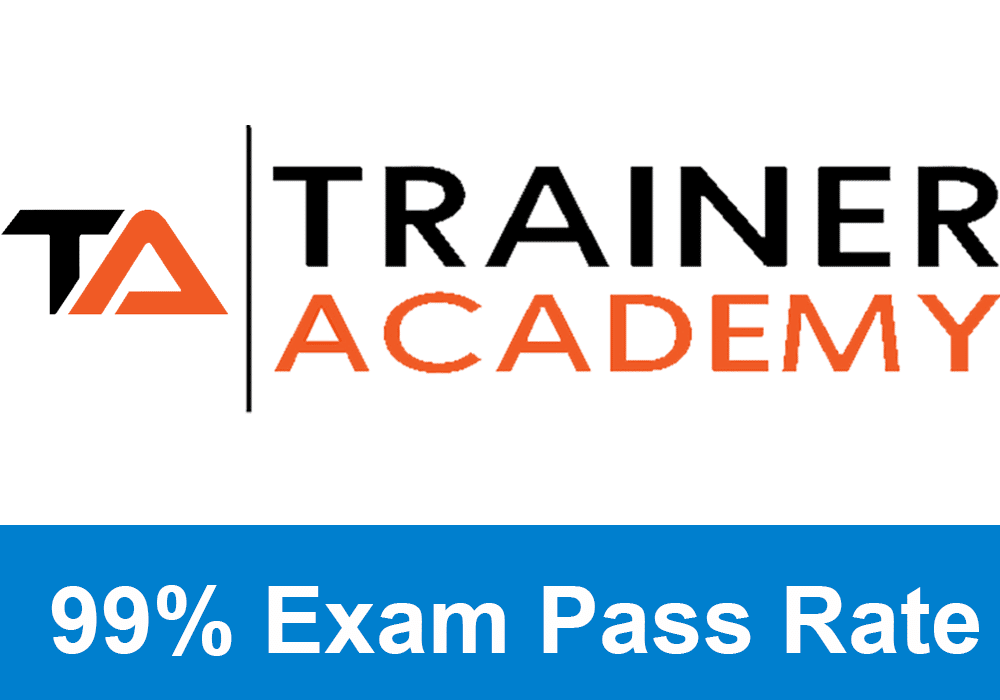 |
Gold Standard Cert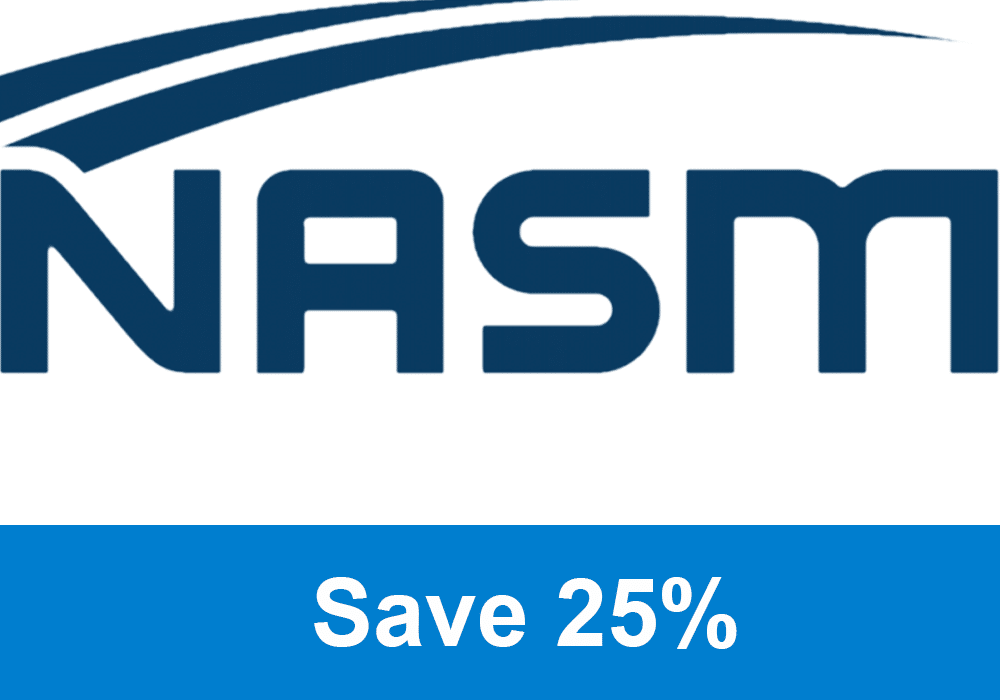 | A Good Option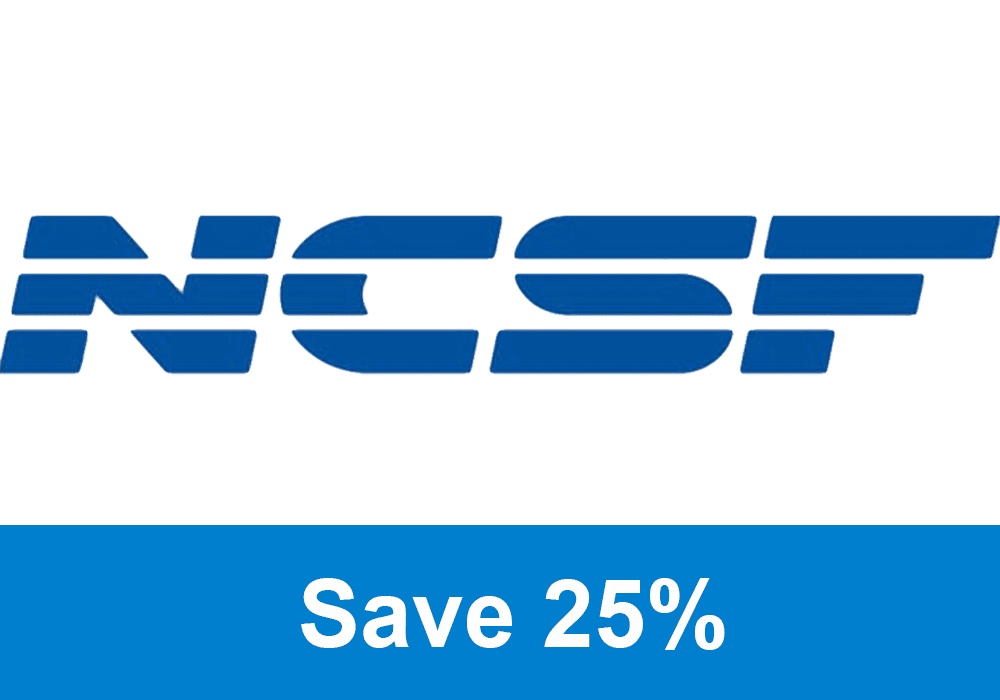 | Best CPT for you? 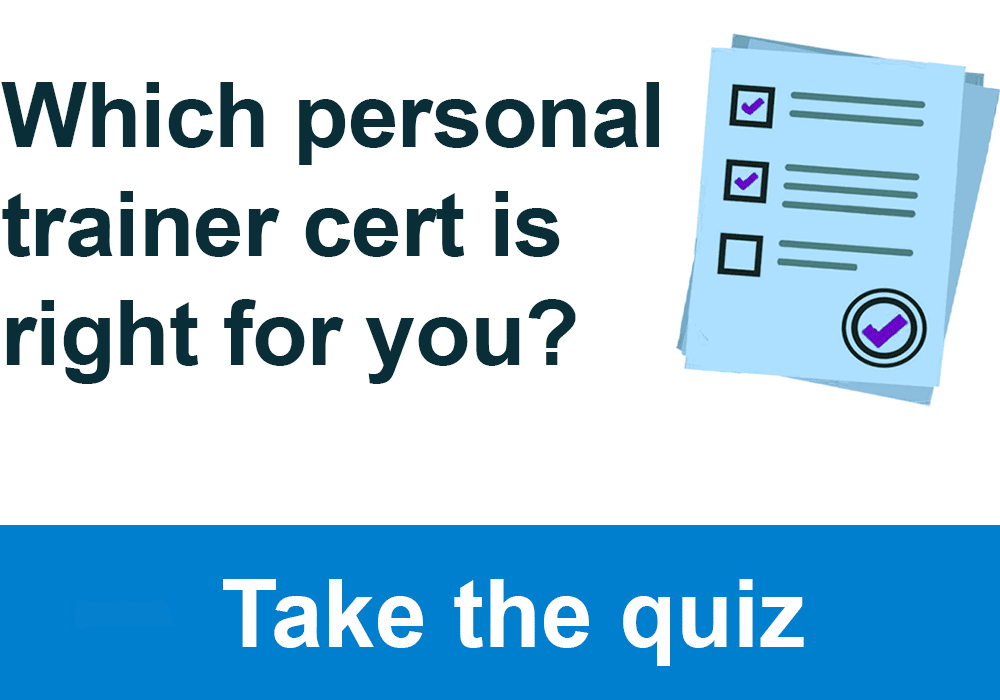 |
You will also be required to use specific formulae to run calculations as they relate to the client status and variables as well as intended outcomes, so be prepared to do a bit of math
A question in this section would go as follows:
Jocko Johnson
| Age | Gender | Height | Weight | Body Fat % |
|---|---|---|---|---|
| 30 | Male | 73 inch | 200 | 18 |
Jocko, is a former high school athlete in various disciplines, including football, baseball, and track athletics (100- 400 m). He is consulting you after his 30th birthday to get back in shape. He is already in reasonably good shape but wants to optimize his physique to have a shot at competing in a bodybuilding event.
Based on the information above, please calculate the following (only the final answer is required):
- What is the client’s BMI?
- What is the client’s BMR?
- Using the Karvonen formula, what is the client’s target heart rate at 60% and 80%?
Using the above data, address the following points:
- Describe fitness assessment or evaluation methods that can be used to determine the client’s situation, providing reasoning for your suggestions. Make certain to account for the specific factors experienced.
- Given an in-depth, 12-week periodized training program, and with an integrated approach, include sets, reps, and exercises.
- Describe the nutritional protocols and supplement suggestions with reasoning for your decisions.
The most difficult ISSA CPT exam responses
![ISSA Exam Prep [year] – How to Pass the ISSA CPT Exam 19 The most difficult ISSA CPT exam responses](https://www.ptpioneer.com/wp-content/uploads/2019/09/answers-1024x576.jpg)
ISSA Exam: Section 4 Question Responses
Section 1 (Units 1-3), option 1 Response: Immediately, you should notice that this question is from the very first unit of the textbook, Metabolism.
This makes it easy to just flip back to the beginning of the book and do a quick memory jog.
A good response to this would be:
- Phosphagen system: This non-metabolic pathway uses stored ATP-CP, which exists in the body in limited quantities at any one time. That means it can only be engaged over short, full intensity bursts exercises such as the 100m dash or long jump. Because it is non-metabolic, neither fat nor carbs are sustainably burned.
- Anaerobic or lactic acid pathway: This metabolic pathway starts if activity continues beyond the phosphagen system capacity. Because a high intensity is sustained, and the oxygen deficit is experienced. This pathway is engaged in prolonged high-intensity activities such as middle distance (400m) sprints or heavy resistance training.
- Aerobic pathway: This is a low intensity, oxygen efficient pathway because the demand on the body is low; oxygen and metabolic nutrients can be transported through the blood while waste such as CO2 is removed effectively. This pathway effectively burns fatty acids. It also stimulates cardiovascular endurance, which is why it is typically called cardio training. Exercises would include long-distance running or long stationary bike sessions.
- Marathon training is anaerobic endurance activity. Therefore, the best form of training would be steady-state cardio, such as a treadmill session which simulates the distance/time parameters that challenge aerobic endurance adaptation. Aerobic threshold training and improving base endurance over time by starting with relatively short distances. Train with one long-distance/marathon distance run once a week and include speed/tempo training to boost cardio endurance. Another great way to boost performance is to participate in actual or half marathons, which also builds the right mental conditioning for race-day pressure. Lastly, rest and recovery are essential. As for nutrition, carb cycling will be beneficial for those glycogen stores.
Understanding energy pathways is an irrevocable component of designing effective exercise programs. Whether it’s for body composition/weight management or performance goals, each outcome is arrived at based on the energy pathway that dominated the process. for example. A weight loss plan would incorporate HIIT due to its effect on optimizing BMR, leading to increased lipolysis.
Section 2 (Units 4-7) option 4 response: This option points to unit 6, Musculoskeletal Deviations.
Find the parts that deal specifically with postural deviations and apply that info towards determining a good understanding of your own and someone else’s postures.
Try not to use imagined scenarios but actually go through the required process; you have time.
A good response would be:
Myself: Slight anterior pelvic tilt. We observed a slight pelvic rotation forward and an extension of the lumbar spine (hyperlordotic). Also noticed a slight forward head posture.
Friend: Slight posterior pelvic tilt. We observed a slight backward rotation of the pelvis and flexion of the lumbar region resulting in an overall slouched curvature, though not significantly pronounced.
For myself, I would do the following exercises:
Anterior pelvic tilt
- squats (bodyweight/light resistance)
- bridge exercise
- hip flexor stretch
- back leg lift
Forward head tilt exercises
strength exercises for the rhomboid, such as prone lateral raises
strength exercises for the lower trapezius, such as bent over lateral raises
strength exercises for the Serratus anterior such as the front raise
Forward head tilts stretch:
- Suboccipitals stretch
- Subscapularis stretch
- Upper trapezius stretch
- Levator scapulae stretch
- Pectoralis minor and a major stretch
For my friend, I would recommend the following:
Anterior Pelvic Tilt and resulting slouch
- Doorway stretch
- prone superman stretch
- lunges
- static hamstring stretch
- wall angels
- Leg raises
These posture checks were done by using a vertical wall, then assessing the level of ease at which all points of alignment made contact with the wall. These points are:
- heels
- back of calves
- buttocks
- upper back
- back of head
If considerable amounts of strain were experienced for any of these points to make contact, then it was determined to be because of a postural deviation. We then used these findings to compare to general observations during the course of a day, thus finding strong correlations between the wall test results and how we observed each other’s postures.
Exclusive PTP CPT Offers |
||
|---|---|---|
Most Popular Cert | Best Online NCCA Cert | Best Study Materials |
Gold Standard Cert | A Good Option | Best CPT for you?  |
Understanding your posture is a significant factor in injury and even disease prevention, as well as allowing you to make decisions that affect function, productivity, and independence. Posture governs overall musculoskeletal alignment, and this, in turn, influences biomechanical efficiency as well as organ arrangement, circulatory system configuration, and respiratory efficiency. All these things will benefit from good posture, including for the sake of training and athletic performance.
ISSA Exam: Section 5 Question Responses
![ISSA Exam Prep [year] – How to Pass the ISSA CPT Exam 20 ISSA Exam: Section 5 Question Responses](https://mk0ptpioneeri30s86at.kinstacdn.com/wp-content/uploads/2019/09/solve-1-1024x576.jpg)
The case study provides an opportunity for you to put your fitness knowledge into practice and design a program for a sample client. Think of the case study as your first paying client.
This is a basic response to this type of question; you would need to expand on this in order actually to nail the exam, so consider this a template.
Jocko might seem like an easy client to deal with due to his all-star athletic background. You have to remember that despite his physical advantages, he has several psychological limiting factors that probably drive him in desperation to reclaim his glory days.
Your initial consultation should, therefore, put him in the same position as you would a complete novice, requiring a 3-month commitment to start off with.
After this would be the first consultation where I would evaluate his potential limiting factors and contraindications with such things as a medical background questionnaire.
I would implement the program below. The first mesocycle would be geared towards building a foundational tendon and ligament strength. Next, I would implement a hypertrophy protocol. Lastly, I would work on optimizing limit strength by utilizing a mesocycle at a high-intensity level and a medium volume. I would then reassess his goals and decide on a path toward them.
My nutritional protocol for Jocko would include 5 caloric surplus days and 2 deficit days. I would recommend he undertakes a 1-2-3 or 1-2-4 macronutrient ratio. This will depend on his metabolic rate and mesocycle.
The high-intensity mesocycles would require higher carb intake, while the low-intensity ones would require less. I would recommend about 160 grams of protein per day and that he sources his fat intake from “healthy” fats (polyunsaturated and monounsaturated fats.
I would have him keep a food journal for several days to determine his daily caloric requirements and track his progress. It will be much more effective to track diet with a set reference point
Workout Program:
Weeks 1 – 3: STRENGTH TRAINING
Circuit Training: Monday, Wednesday, and Friday.
Tuesday/Thursday: 20- to 45-minute run
Saturday: 30-second jog/30-second sprint for 5 minutes total
Weeks 4 – 9: STRENGTH TRAINING
For this mesocycle, utilize the following split and related exercises.
MESOCYCLE SPLIT
Monday: Quads, Hamstrings, Calves Wednesday: Pecs, Biceps, Abs/Lower Back Friday: Back, Triceps, Shoulders
AEROBICS
Tuesday: 30-second jog/30-second sprint, start 5 minutes and add 1 minute each week
Thursday: 30- to 45-minute run
Saturday: 30-second jog/30-second sprint, start 5 minutes and add 1 minute each week
Weeks 10 – 12: STRENGTH TRAINING
For this mesocycle, utilize the following split and corresponding exercises.
MESOCYCLE SPLIT
Monday: Quads, Hamstrings, Calves. Wednesday: Pecs, Back, Abs/Lower Back. Friday: Biceps, Triceps, Shoulders
AEROBICS
Thursday: 30-minute run
Saturday: 30-second jog/30-second sprint; start 10 minutes and add 1 minute each week.
ISSA study tips
![ISSA Exam Prep [year] – How to Pass the ISSA CPT Exam 21 ISSA study tips](https://www.ptpioneer.com/wp-content/uploads/2019/09/ISSA-Exam-Prep-2019-–-exam-structure-1024x576.jpg)
So Studying for ISSA is just as essential as any other PT certification exam out there. Don’t let the open book, the self-paced status of this exam fool you; it is failable.
You can’t go without the official textbook and the study guide.
Textbook and Study Guide
The textbook, “Fitness, The Complete Guide,” is in its 9th edition as of writing. A study guide is basically a unit by unit breakdown of concepts that have questions to answer from your journey through the textbook. I have a free answer study guide here.
Go through both these meticulously as a foundation for exam prep
Big Tip 1: Go through the textbook religiously! You should do this because you will be challenged to understand concepts rather than just remembering facts.
You want to be able to modify your knowledge to any diverse scenario, so understanding is key.
Big Tip 2: Use the study guide to your advantage. Although you can access a free, answered version of the study guide, I highly recommend you go through a blank guide on your own without having the answers to feed your effort.
Big Tip 3: Go to Trainer Academy. Trust me on this one; The Trainer Academy team has the most comprehensive study packages I’ve ever seen. The all-inclusive MVP suite is sure to cut your study time up to half, and the pass guarantee is a sure 99%
Make sure to check out my free ISSA study get here. Check out premium ISSA study materials here from Trainer Academy.
Study Aids
The ISSA student portal comes with an awesome suite of study aids.
Practice Quizzes
The first ones you should consider are the quizzes.
That’s because these are compulsory for you to access the exam. You can do the quizzes as often as possible before proceeding to the main exam.
These quizzes are great because they basically simulate the exact format of the multiple-choice and true/false sections of the exam
10 Week Guided Study
Another amazing feature is the weekly guided study system. You go through sections of material over a 10 week guided plan, culminating in the final exam in week 10.
These guides have section specific quizzes, audio and video lectures, and textbook study recommendations.
Online Student Support
ISSA’s online student support team is a great way to get real-time guidance and advice on your course. It’s a great way to keep on the ball and give the feel of a real-world study scenario.
NASM CPT exam tips
![ISSA Exam Prep [year] – How to Pass the ISSA CPT Exam 22 NASM CPT exam tips](https://mk0ptpioneeri30s86at.kinstacdn.com/wp-content/uploads/2019/09/inspire-tips-1024x576.jpg)
When it comes to the exam, the best thing to do is start with the essays, then use the short format answers to wind down.
You also want to know how to focus your exam energy on. That’s because each study section is weighted differently.
- Anatomy and Physiology 13%
- Kinesiology and biomechanics 15%
- Health and physical fitness 18%
- Program Development 17%
- Nutrition 20%
- Fitness for All 17%
You will notice that nutrition has the highest individual weighting. That’s because many of the essay question content, especially the case studies, have a heavy nutritional focus.
ISSA test prep conclusion
So there we go, folks, your in-depth guide to preparing and taking the ISSA CPT exam. Hopefully, this guide adds even more value to all the existing resources I have provided, such as this free study guide. Or the first-class premium products from Trainer Academy here.
If you have not signed up for ISSA yet, you can sometimes get a fantastic deal on the elite and a master trainer program that includes their nutritionist certification.
- Check out the elite trainer program here
- Check out the master trainer program here.
- Check out Trainer Academies ISSA premium study materials here.
If you’re still a bit undecided or unsure about ISSA, please take this quiz to help you gauge which certification is right for you.
I’d also like to hear your thoughts, so don’t hesitate to drop a line in the comments below, and I’ll be sure to get back to it in the next 24 hours.

 Have a question?
Have a question? ![ISSA Exam Prep [year] – How to Pass the ISSA CPT Exam 14 ISSA Exam Prep [year] – How to Pass the ISSA CPT Exam 5](https://www.ptpioneer.com/wp-content/uploads/2023/02/ptp-quiz-desktop.jpeg)
![ISSA Exam Prep [year] – How to Pass the ISSA CPT Exam 15 ISSA Exam Prep [year] – How to Pass the ISSA CPT Exam 6](https://www.ptpioneer.com/wp-content/uploads/2023/02/ptp-quiz-mobile.jpeg)

I am studying fo the ISSA PT certification. I have completed most of my test book. I also did my quizzes. I paid for practice test with examedge for ISSA. My issue is that the examedege questions were very much like the quizzes and quite easy. However I have done some sample online exams with various other fitness online schools such as ACE, NASM etc. Here the questions are where you really have to think critically and not so straight forward. The practice exams that you are ofing fer – are they like the quiz questions or do they need more critical thinking.?
Although it’s not a full exam, it does force you to think critically. What I highly recommend you do is check out the study materials over at trainer Academy. I know that they have one full practice exam that will really help you with your studying. https://traineracademy.org/issa/
So is the exam still all multiple choice or are the essays and case studies back?
The exam is 200 multiple choice questions. They do not have essays or case studies anymore.
When did it change because Im currently taking it with a start date of May 2nd 2020 and I still have the questions, essays, and case studies
It depends on when you purchased your certification. I would definitely reach out to the international sports Sciences Association to ask them.
Have you seen or taken the new test?
A lot of my students have seen the new exam. It’s a lot easier because they don’t require essays. It’s all multiple choice now wish I was really simplified things.
I plan on taking the exam October 1. Reguarding to this response, I’m confused if the essays and case studies will be on the exam or not. Thanks!
Hi Shianne, thanks for stopping by. The ISSA exam is now multiple choice with no essay questions. For practice questions and study guides, you can check out https://traineracademy.org/issa/. Good luck with your exam and personal training career.
Hey Coach Tyler,
I am currently a certified personal trainer. I am looking or information on the CSCS for Issaonline.
Currently, I do not have an individual review for the strength and conditioning coach certification from ISSA. But, it is a fantastic certification. You can check out my article on the top strength and conditioning certifications to find out more.
Hey Tyler,
How does the workbook relate to the exam? I’m 4 weeks into my studying I have falsely not been using the workbook at all. Would you recommend buying the hard copy?
I definitely recommend going through the workbook as it will point out the most important things to study from each chapter. But, if you have been going through the primary textbook and our understanding yet oh, you should have no trouble passing the final exam.
Hey there,
Just wondering I have about 8 days to finish my case studies for ISSA. Let’s say I’m working with a client for four days a week, three 4-week mesocycles over 12 weeks. Would I have to detail every single day for those 12 weeks?
Also any advice on how to keep the nutritional plan concise and simple? Thanks!
Best way to pass the exam oh, you want to be as detailed as you possibly can for these case studies. I’m sure that if they are long enough and detailed enough you will have no problem passing the exam. Good luck with your personal training career
I am struggling big time. I have 9 days to submit my final exam. I still have to finish my second case study and all six essays. Everything else is done so far. Problem is, English isn’t my mother tongue and the even bigger issue is.. I’ve never written an essay.
I’m sure you’ll do fine with the essays. It seems like your English is pretty good. Just make sure you think about the situation as in-depth as you can before writing a full response. The more you write in the more detailed that your essays are, the better chance they have for being approved and getting certified with the international sports sciences Association.